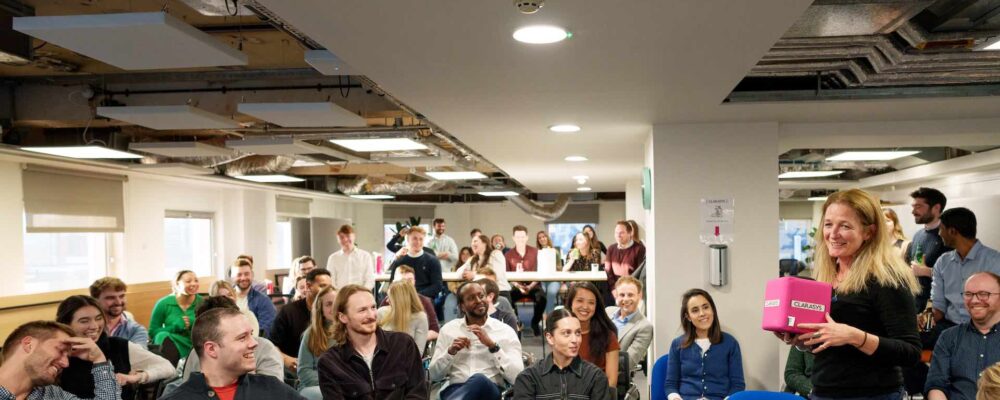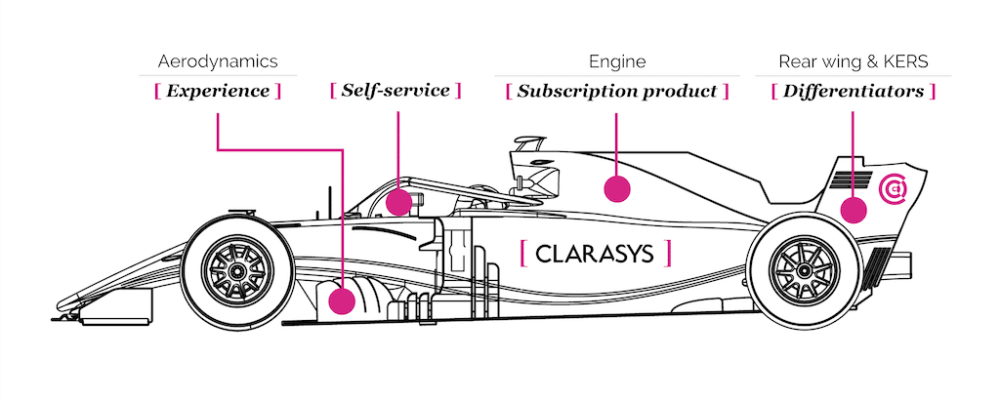Optimising demand to scale the usage of AI and associated emerging technologies
In the first article in this series, we looked at how infrastructure and construction organisations are working together to create demand for radically advanced technology-enabled machinery. We introduced and discussed two important concepts that are driving the commercially viable advancement of technology: innovation brokerage and demand aggregation.
Innovation Brokerage and Demand Aggregation
As a reminder, innovation brokerage prioritises developing an understanding of how to make innovation real by defining the demand-side vs supply-side factors required to achieve scalability and really make-the-market for new products and services. Demand aggregation is about maximising demand for an innovation. It is about understanding how to create enough demand to demonstrate commerciality and therefore justify investment in creating the scalable supply of a new product or service.
In this article, we are looking at innovation in another industry: information services, media and entertainment, where the application of AI and the hyper-personalisation of audience engagement stand out as two of the greatest innovative trends in recent years.
This article discusses these innovative trends and explores some factors that are key to making the application of these technological advancements a viable business reality.
Is the supply of AI and associated emerging technologies scalable?
Two technology trends in particular need to be acknowledged upfront. Firstly, the application of generative AI, specifically large language models (LLMs), as we are predominantly referring to text documents (for now), has the potential to significantly enhance the quantity and quality of content generated. Secondly, the hyper-personalisation of audience engagement through the application of both AI and advanced analytics to gain a new level of insight on preferences and behaviour.
With the increasing availability of cloud-based AI and analytics platforms and solutions options, and their inherent scalability, the supply side of the innovation brokerage equation does not appear to be a limiting factor for information services, media and entertainment.
One to watch: Nvidia’s AI superchip, which is huge progress for the scalable supply of AI more generally. It will provide a massive step change in efficiency in terms of the computer hardware and energy required to power large AI models.
The demand for innovation in information services, media and entertainment
Similarly, at first glance, the demand side of the brokerage equation looks pretty healthy. Organisations are identifying both B2B and B2C information domains with the largest breadth across customer segments, and potential for growth based on competitors and existing coverage. The generative AI or LLM use case is clear in terms of leveraging all of the open and unstructured data sources that the online world has to offer to create structured data and insights as component parts of new, highly valuable proprietary datasets.
Embracing low-touch monetisation models for scalable success
So what are we missing? Other factors required to create commercially scalable business models and make-the-market for these innovations must also be considered, for example, low-touch monetisation models. In accordance with the fundamental productivity benefits brought about by AI and automation technology, as well as the greater levels of personalisation, businesses will increasingly transition to low-touch monetisation models.
The case for capitalising on the productivity benefits that this new technology offers is further underlined when considering that generative AI, for example, currently comes hand-in-hand with the need for elevated capability in ‘human’ quality assurance.
So the low-touch monetisation model becomes a key enabler. Establishment and refinement of the technology and process architecture for self-service has gained a new level of significance. For the information services, media, and entertainment industries, innovation is initially focused on advanced and more personalised content creation, but then needs to focus on the rationalisation of products to standardise around those which are best suited to the low-touch approach. Aggregation of demand for standardised products that suit low-touch, self-service monetisation models is how the current wave of technology innovation becomes a business and industry-wide reality.
The tension this inevitably places on higher-touch products is hopefully a healthy one that leads to a sharper understanding and clearer expectations on the high margin, brand value, or partnership ecosystem benefits that these products deliver.
So the truth behind innovation for the information services, media, and entertainment industries may somewhat ironically mean the rationalisation of products and the aggregation of demand around fewer things. This is in order to leverage advanced technologies and low-touch automated journeys to achieve a whole lot more.
Mergers and acquisitions
A look at media and entertainment specifically offers even more food for thought. When considering streaming technology, we see clear examples of demand aggregation. The Financial Times recently offered commentary on the large number of small and medium-sized (based on market share) streaming platforms in play, none of which are profitable. Streaming service revenue models are often a hybrid combination of recurring subscription fees and targeted advertising but what they all require to achieve profitability is volume. The consolidation of businesses through M&A such as Disney, Warner Brothers Discovery and Fox merging to provide their live sports content via one streaming platform demonstrates the efforts that industry players are going to to create this volume. The Disney+ and Hulu merger, with Disney+ previously being unprofitable, is another example.
In another example from Disney+ and Hulu, the impending introduction of their new AI-led advertising tool, Magic Words, demonstrates proactivity in capitalising on the revenue opportunities that aggregated demand presents. Magic Words is an exciting new AI and machine learning powered ad tool that personalises ads to match the mood and emotion of whatever a customer is watching.
Creating viable business models and commercial scalability
It’s an interesting time for the information services, media, and entertainment industries. The inherent scalability of new technologies means the key challenge for businesses is on the demand side rather than the supply side of innovation. The challenge is creating the volumes of demand required for viable revenue models and for making profit when applying these new technologies. There are different ways in which this challenge can be addressed ranging from product standardisation and rationalisation to M&A consolidation. These are rooted in the principle of aggregating demand for the use of modern technologies so that business models designed around their application are viable and commercial scalability can be achieved.
If you are interested in exploring how to scale innovation in your business, please get in touch with our team of experts – we’d love to help.
Clarasys is an international business consulting firm.
Please visit the firm link to site






